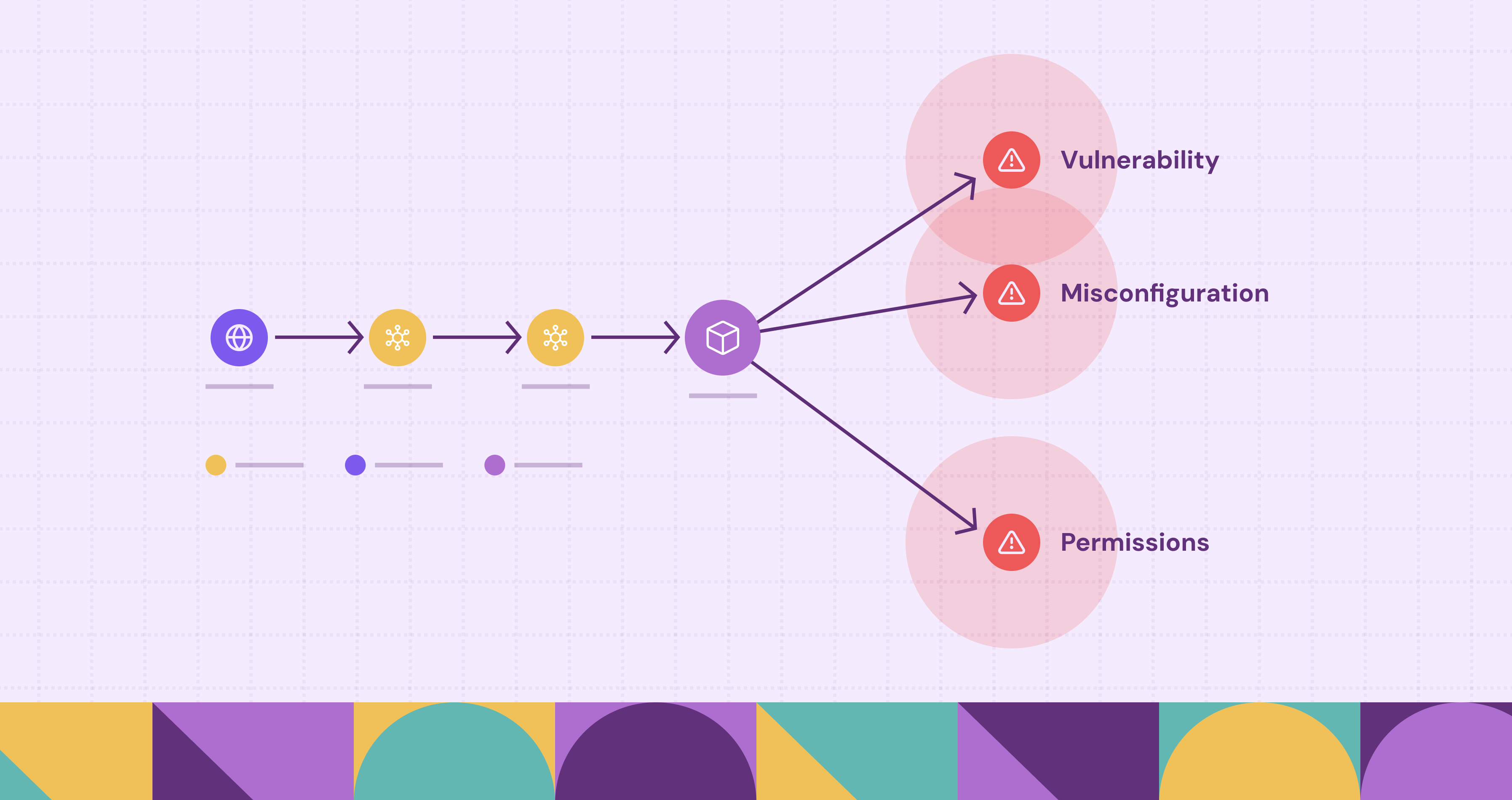How a Leading Cybersecurity Platform Built a Real-Time Threat and Exposure Management (TEM) Platform with PuppyGraph

Company Overview
This cybersecurity company provides enterprise-grade Threat and Exposure Management (TEM), helping organizations see and respond to cyber risk with greater speed and clarity. Its platform builds a connected view across assets, identities, vulnerabilities, and controls, turning fragmented telemetry into actionable insight. To power this, the team chose a graph-native architecture built on PuppyGraph.
The Challenge
Modern security operations face a set of deeply interconnected challenges:
- Data fragmentation across asset management systems, cloud inventories, vulnerability scanners, identity platforms, and runtime telemetry.
- Limited context, making it difficult to assess business impact or correlate exposures with controls and mitigations.
- Manual, spreadsheet-based triage that cannot keep pace with the volume and volatility of cybersecurity signals.
- Poor support for complex reasoning, such as tracing multi-hop attack paths or identifying lateral movement potential.
The company had explored Apache Druid and other SQL-based engines, but found them insufficient for the scale and complexity. Effectively modeling interconnected data is challenging with these tools, and obtaining real-time, multi-hop insights remains a significant limitation.
The Solution: A Graph-Native Exposure Management Platform
The team built their platform around two core architectural components: a cybersecurity data fabric and a real-time knowledge graph powered by PuppyGraph.
Data Fabric Foundation
- Ingests and normalizes structured and semi-structured data from across the environment.
- Performs deduplication and context-building for asset, exposure, and threat data.
- Supports unified, queryable layers that power downstream analytics and automation.
PuppyGraph-Powered Knowledge Graph
- Cyber entities like devices, users, cloud resources, and vulnerabilities are modeled as graph nodes.
- Relationships between these cybersecurity entities (e.g. "connected to", "has vulnerability", "belongs to") are modeled as edges.
- PuppyGraph enables real-time graph queries for use cases such as Contextual risk scoring and Blast radius assessment
AI-Powered Natural Language Interface
- A conversational layer allows security analysts to interact with the graph using natural language.
- Built on an agentic framework, this interface routes questions to the appropriate models and data sources, with results generated from graph queries in real time.
Why PuppyGraph
The team chose PuppyGraph for its ability to meet the platform’s demanding technical and operational requirements:
- Petabyte-scale performance: PuppyGraph’s distributed engine delivers fast graph analytics across billions of records, even in highly dynamic datasets. It enables deep traversals and complex pattern matching in seconds—critical for real-time threat detection and response.
- Zero-ETL architecture: With the ability to query data directly from data lakes, PuppyGraph eliminates data duplication and reduces integration complexity—essential for the Company’s data fabric design.
- Developer-first APIs: Features like Graph JSON, Cypher and Gremlin support, and HTTP APIs make integration fast and extensible across the Company’s components, including AI, observability, and remediation layers.
- Seamless AI integration: PuppyGraph integrates cleanly with LLM-based interfaces,enabling rich conversational queries and context-aware recommendations.
Results
By using PuppyGraph, the leading Cybersecurity company delivers significant value to its customers:
Conclusion
With PuppyGraph at its core, this cybersecurity platform transformed how it handles threat and exposure management. Instead of stitching together fragmented signals from spreadsheets, dashboards, and SQL joins, the team now operates on a unified graph that reflects the true shape of their environment, from assets and users to vulnerabilities and controls.
The result is not just faster detection, but deeper understanding. Analysts can ask complex questions and get meaningful answers in seconds. Engineering teams can ship new detection logic without fighting brittle joins. And the architecture scales as data grows, without replatforming or duplicating pipelines.
By combining graph-native design with real-time performance and seamless AI integration, PuppyGraph helps security teams move from reactive response to continuous, contextualized defense.
Get started with PuppyGraph!
Developer Edition
- Forever free
- Single noded
- Designed for proving your ideas
- Available via Docker install
Enterprise Edition
- 30-day free trial with full features
- Everything in developer edition & enterprise features
- Designed for production
- Available via AWS AMI & Docker install



